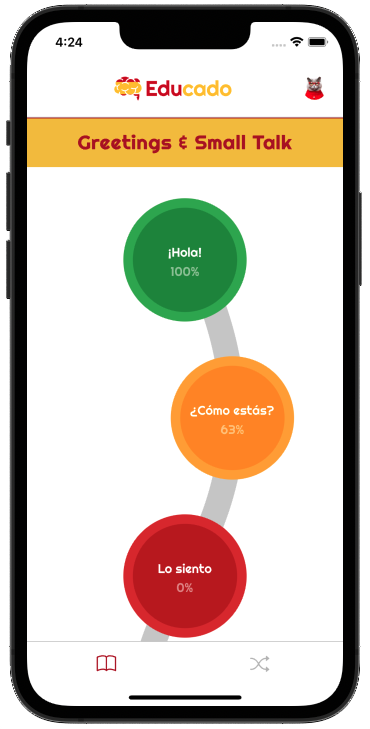How to use possessive pronouns in Dutch (bezittelijke voornaamwoorden)
Possessive pronouns, or bezittelijke voornaamwoorden, are used to show ownership or possession of something. In Dutch, just like in English, these pronouns change depending on the owner (who possesses) and the noun (what is possessed).
Here are the most common possessive pronouns in Dutch:
| English | Dutch (Singular) | Dutch (Plural) |
|---|---|---|
| My | mijn | onze (for de-nouns), ons (for het-nouns) |
| Your (informal) | jouw | jullie |
| His/Her/Its | zijn (his/its) / haar (her) | hun (their) |
| Our | ons/onze | onze |
| Your (formal) | uw | uw |
| Their | hun | hun |
Singular Forms:
- Mijn (my) and jouw (your) are used regardless of whether the object is singular or plural.
- Zijn (his/its) and haar (her) follow the same pattern. However, "zijn" can be used for both masculine (his) and neuter (its) objects.
For example:
- "Dat is zijn telefoon" - That is his phone
- "Dat is haar telefoon" - That is her phone
Plural Forms:
- Onze is used when the possessed noun is a de-woord (common gender noun), while ons is used with a het-woord (neuter noun).
- Jullie (your) and hun (their) are used for both singular and plural objects owned by more than one person.
Shorter Forms:
Especially in informal language, it's common to use an abbreviated form for the possessive pronouns. You can use them to make your sentences a bit smoother and feel a bit more natural.
- mijn becomes m'n
- jouw becomes je
- zijn becomes z'n
Quite often, the longer form is used to give extra emphasis on it. For example: "Is dat jouw telefoon?" suggests that it could be someone else's phone.
Important Notes:
- Dutch possessive pronouns do not change based on the gender of the object, only on the gender and number of the possessor.
- In formal settings, uw (your) is always used, regardless of whether you are addressing one person or a group.
Possessive pronouns are an essential part of expressing relationships and ownership in Dutch, and they closely resemble their English counterparts, although some distinctions exist based on the noun's gender.
© Copyright Educado 2024 - All rights reserved
Educado | Opaallaan 1180 | 2132LN | Hoofddorp | Netherlands


